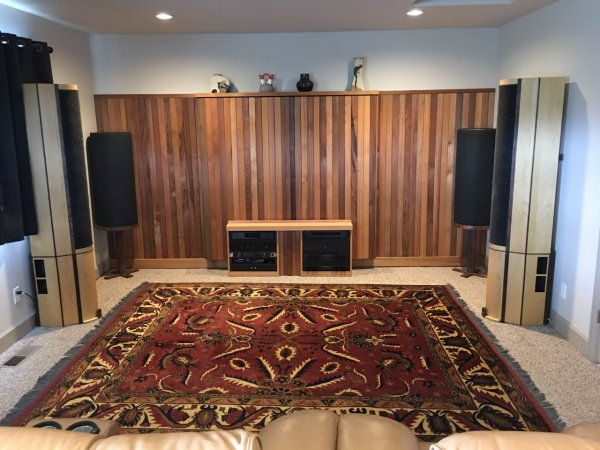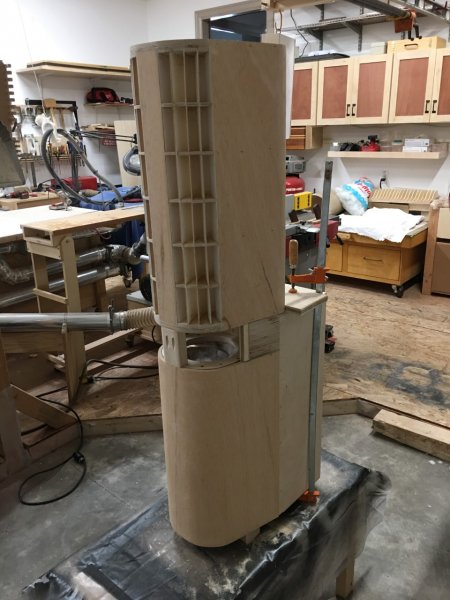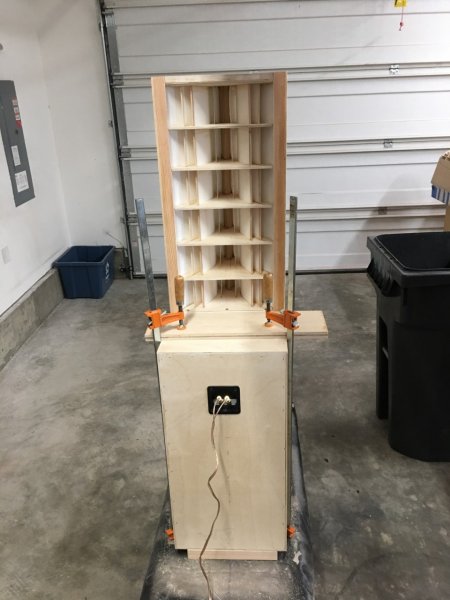Yes Bruce,
ML would be easy with a direct drive amp against the DW requirements!,
DW was a Canadian as well and he built those speaker a short drive up the road from me. They were certainly an experience as well. A few of them around here still working after 40 years .
What is it with Canadians and Electrostatic speakers anway?
Sheesh K--Don't get me started on Canuck Willam Michael's creation!--I fought with those for many times than I care to remember !
Plus updated power Supply-- we repaired the fizzing spots by punching thru the Mylar with long Crochet needles dipping in Silicon while getting high on the escaping SF6 Gas
Do you want to know more?
No I thought not!
BruceD




